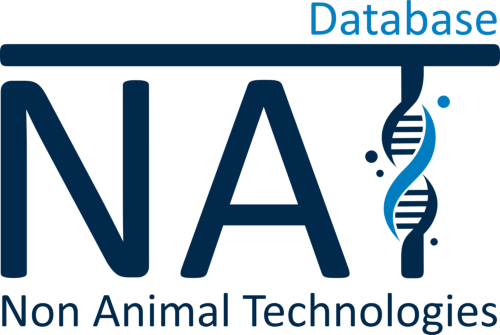Combination of in vitro and in silico methods for determining acute oral toxicity of chemicals
2022
Physicians Committee for Responsible Medicine, Washington, USA(1)
RTI International, Durham, USA(2)
RTI International, Durham, USA(2)
To improve the detection of chemical safety, 11.992 chemicals with acute oral toxicity information were divided into clusters of structurally similar compounds in this study. One or more ToxCast/Tox21 assays were assigned to each cluster by searching for the minimum number of assays required to record at least one positive hit below cytotoxicity for all acutely toxic chemicals in the cluster. When structure information is used to select assays to test, none of the chemicals require more than four assays, and 98% require two assays or fewer. Both the structure-based clusters and the activity from the associated assays were significantly related to the GHS (Globally Harmonized System of Classification and Labeling of Chemicals) toxicity classification of the chemicals, suggesting good reproducibility of a combination of bioactivity and structure information. Predictability is better when the in vitro test corresponds directly to the mechanism of toxicity, but many indirect tests are also promising. Given the lower cost of in vitro assays, a small assay battery that includes both general cytotoxicity assays and two or more orthogonal assays targeting the toxicological mechanism could be used to further improve performance. This approach shows the promise of combining existing in silico approaches, such as the Collaborative Acute Toxicity Modeling Suite (CATMoS), with structure-based bioactivity information as part of an efficient tiered testing strategy to determine acute oral toxicity of chemicals.
Mapping mechanistic pathways of acute oral systemic toxicity using chemical structure and bioactivity measurements
Kristie Sullivan(1), Stephen W. Edwards(2)
Stephen W. Edwards et al. Frontiers in Toxicology 2022 [1]
Physicians Committee for Responsible Medicine [2]
Added on: 04-19-2022
[1] https://www.frontiersin.org/articles/10.3389/ftox.2022.824094/full[2] https://www.pcrm.org/news/ethical-science/silico-method-help-identify-lethally-toxic-chemicals#:~:text=Study%20in%20a%20Sentence%3A%20Researchers,alternative%20approach%20to%20animal%20tests.





